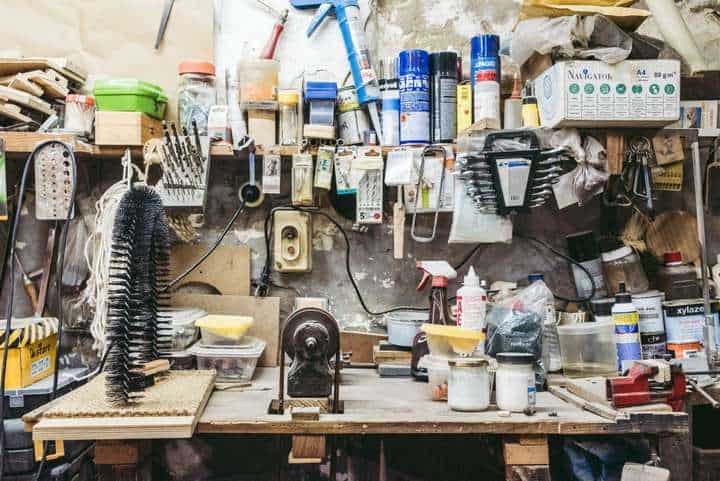You are not the only one if, while having some familiarity with the term “plasma spray coating,” you lack a deeper understanding of the process. After all, you must establish a secure and strictly controlled working environment to produce a plasma thermal spray jet. Because a functional gas combination is passed via an electrical arc in this atmosphere, it is difficult to replicate and achieve.

For its use in industry, the discharge process resulting from an electrical arc requires a great deal of specialist labor. In addition, the discharge is created in the space left between the cathode and the anode. Consequently, there is a sudden release of energy, which causes the gas combination to be heated to a plasma with a high temperature of 14,000 K.
You now have an overview of the plasma sprays method used for industrial materials; thus, it is understandable that you may not be aware of all of the procedure’s moving pieces. When you utilize a pan that has a Teflon® coating, you get an understanding of the advantages that plasma spray coating provides. However, several kinds of thermal coatings may be employed for industrial applications.
Plasma and flame spray coating belongs to the same family of coatings and is often referred to by the names of their respective siblings. The technique of applying a plasma spray coating on Teflon® and products used in other sectors are further detailed in the following material.
The Meaning of the Term “Plasma Spray Coating”
A thermal process is included in the term “plasma spray coating.” The coating is produced thermally by sprinkling powdered material into a plasma flame at 14,000 K. The strong heat and repeated collisions with a substrate (https://en.wikipedia.org/wiki/Substrate_(chemistry)) material both contribute to the acceleration of the substance.
The ‘cold procedure’ refers to the cooling of the plasma spray process. After the coating has had time to cool, you will have a protective covering with the strength required for industrial use. Because the temperature of the substrate is maintained low throughout the process, it is referred to as the cool process. This ensures that the substrate material does not get damaged or distorted.
When carrying out the process of applying a plasma spray coating, you are required to adhere to certain established processes at all times. Every coating step is inspected. The powder feeders and control panels use closed loops and are calibrated following ISO standards.
ISO standards are properly calibrated to maximize powder injection into plasma jets. Even the sample parts that are currently being processed are subjected to testing. The lot numbers are used to keep track of the samples and procedures. The method of coating with plasma spray is intricate, specific, and strictly controlled.
Plasma spray coatings have a variety of applications
There are many different kinds of industrial uses for plasma coating. It is an excellent choice that may assist in protecting equipment and any refinishing substance. It is used in many important industries. The following makes use of the adaptable method:
- Automotive
- Culinary arts and the kitchen
- Medical
- The Marine Industry and Boating
- Aerospace
- Petrochemical
- Engineering, as well as other fields

Targeted and specialized applications may be found in these different kinds of businesses. The non-stick quality of materials was pioneered by the Teflon® business via the development of a specialized plasma coating method. Air pressure, spray duration, nozzle size, and spray distance were optimized to provide the ideal plasma coating for Teflon®.
Plasma spray coatings have a variety of potential applications
In addition to the Teflon® that’s used in cookware, plasma spray coatings may be utilized for a variety of other things, including, but not limited to the following:
- Personal care items include items related to the beauty industry, such as curling irons and hair dryers.
- A lot of different kinds of pet toys have Teflon® coatings.
- Grooves in the turbine seal rings used in the compressor sector of aeronautical engines Because of the tungsten carbide and cobalt components, this is designed to be resistant to wear and strain.
- Piston rings, carburetor components, bypass shafts, and other automotive parts made with Teflon® are used in diesel engines.
- Coatings made of hydroxyapatite, which are biocompatible, are used on medical and dental implants.
- Teflon is used in solar panels as well as in the energy industry. Thermal barrier coatings based on zirconia are often used in turbine combustion chambers. Click here for more information on thermal barrier coatings.
Plasma coatings are used in the sectors mentioned above due to their incredibly malleable nature. The thickness of the plasma coating may range anywhere from micrometers to millimeters. Powder is the most common component, although ceramics and metals are also viable options.

